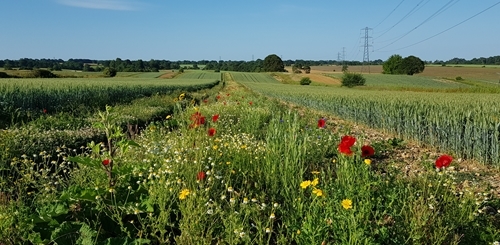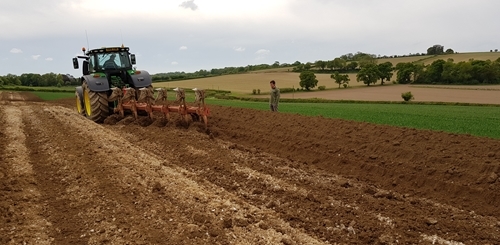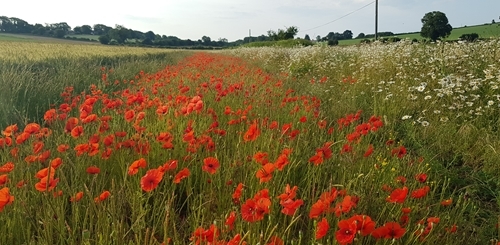
The GWCT-led Interreg NSR PARTRIDGE project is running a trans-national survey of the opinions that farmers and hunters have of agri-environmental schemes. One of the chief aims of the PARTRIDGE project is to influence future agri-environment schemes (AES) across our six partner countries – England, Scotland, Belgium, Denmark, Germany, and the Netherlands. To help achieve this we are investigating farmers’ attitudes to and opinions of agri-environmental schemes.
Early interviews, across the partner countries, with farmers and stakeholders, including policy makers and advisors, helped us to design a survey that we could use across all of our countries, translated into our individual languages and reflecting the status of AES across all of them. That survey is now open for responses here (closing date is 1 June).

Although many surveys of this type focus on AES payment levels (and we do ask about that too) our survey also seeks to explore motivations other than payments that farmers have for joining agri-environmental schemes, how advice and advisors fit into this, how the AES options that are available to farmers at present could be improved and what other options people like to see offered in the future.
One very obvious way that the farmers and stakeholders we spoke to in England and Scotland differed from those that were interviewed in mainland European countries was in their widespread concern about Brexit and what that would mean to farming going forward.

This makes this survey particularly timely, as we are now starting to see the outlines of the future post-Brexit. The results of the survey will be published, both through the PARTRIDGE project and in the scientific press but more importantly for future policy we will feed the results directly to policy makers as soon as possible, to influence discussions on ELM/AECS and the future development of AES.
The membership of the PARTRIDGE steering committee allows this to happen easily within the project and we will use our contacts both through PARTRIDGE and across the GWCT to feed results out across relevant people who are in the process of deciding the future for farming in England and Scotland, as well as across northern Europe and beyond.
You can complete the survey here.